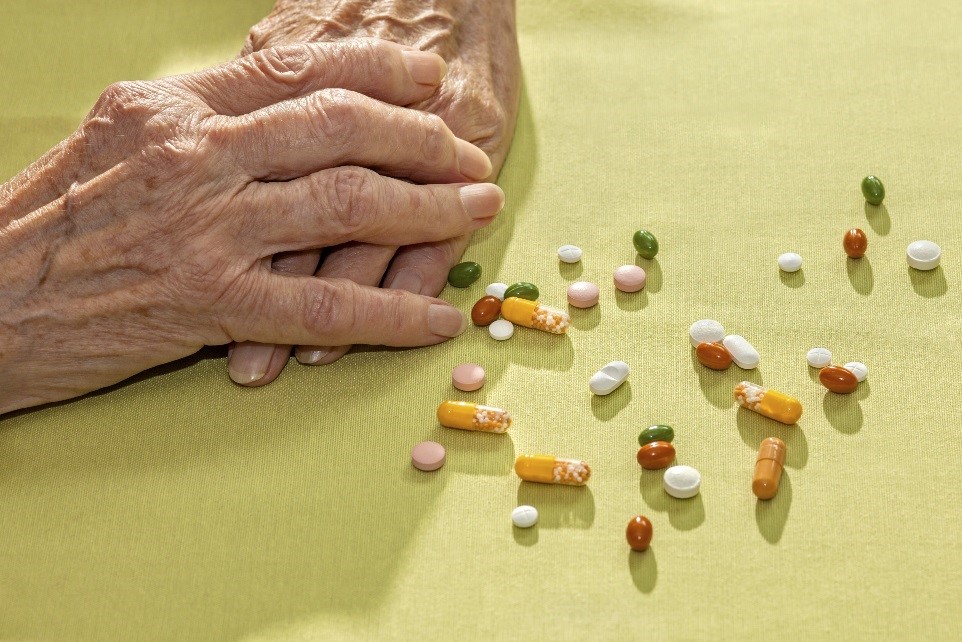Xerostomia
Xerostomia is the subjective sensation of dry mouth caused by decreased production of saliva. Saliva acts as a lubricant for the oral cavity, promotes remineralization of teeth to prevent decay, and protects against microbial infections, particularly fungal and bacterial.
Symptoms
- Dry mouth
- Changes in taste
- Burning sensation
- Difficulty swallowing and speaking
- Increased caries risk
Etiology
- Medications that can cause xerostomia include:
- Antihypertensives
- Protease inhibitors
- Antidepressants
- Diuretics
- Antihistamines
- Others
- Polypharmacy (multiple medication regimen) heightens risk for xerostomia more than a single drug effect.
- Systemic disease and treatment consequences that can lead to this condition include:
- Sjögren's syndrome
- Head and neck radiation therapy
- Although geriatric patients are likely to have xerostomia, this is not due to aging per se,
but instead medications and disease.

Preventive Measures & Treatment
- Change or eliminate medications known to decrease salivary flow.
- Encourage patients to drink water, and avoid alcohol as well as caffeinated or sugary drinks.
- Promote chewing of sugarless gums or candies to induce salivation.
- Recommend use of high concentration topical fluoride products to reduce caries.
- Encourage excellent oral hygiene.
- Ensure regular dental care.
- Recommend use of over-the-counter salivary substitutes for temporary relief. (Be aware they require frequent reapplication.)
- Suggest medications such as pilocarpine hydrochloride (Salagen) and cevimeline hydrochloride (Evoxac). These may be particularly helpful in patients with Sjögren's syndrome, although side effects are common.
References
Ship JA. The oral cavity. In: Hazzard's Geriatric Medicine and Gerontology. 6th edition. New York: McGraw-Hill, Inc., 2009.
Papas A, Singh M, Harrington D, Stimulation of salivary flow with a powered toothbrush in a xerostomic population. Special Care in Dentistry 26(6) Nov 2006, 241-246.
Filshie, J, Rubens, CNJ, Complementary and Alternative Medicine, Anesthesiology Clinics of North America, 24 (2006) 81-111.
Messer LB, Till MJ. A landmark report on understanding the human dentition. JADA. 2013; 144:357-361.